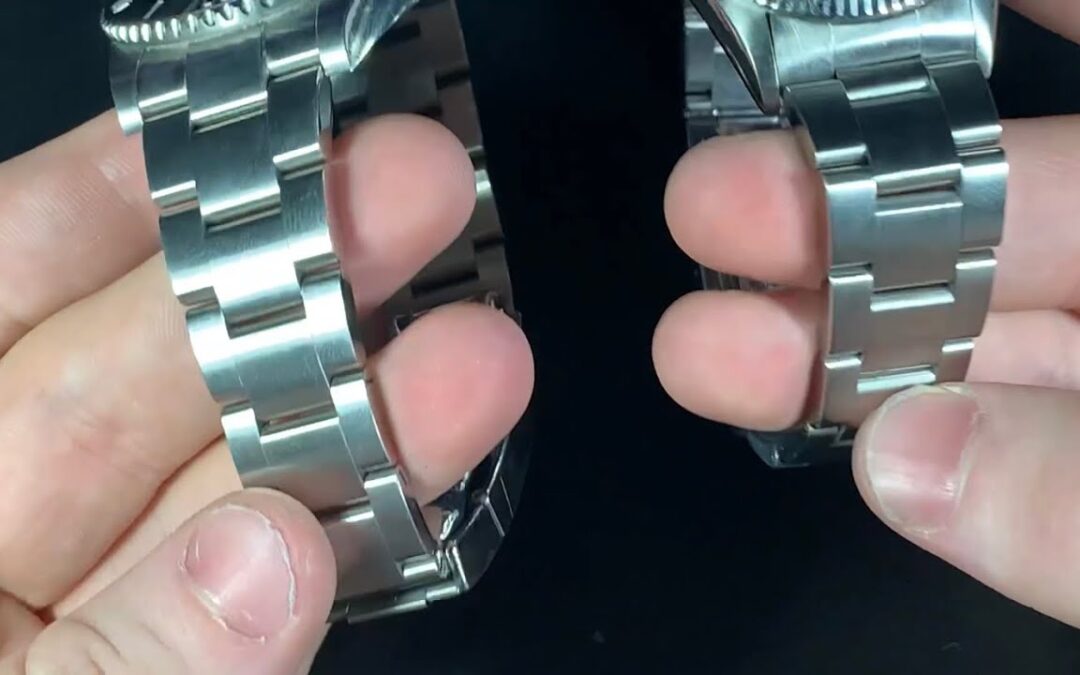Stainless steel is an incredibly versatile material that can be used for a variety of applications. It’s strong, durable, and corrosion-resistant. When it comes to stainless steel, there are two types that stand out from the rest — 904L and 316L stainless steel. But what’s the difference between them? Let’s find out.
Differences between 904L and 316L Stainless Steel
Both 904L and 316L stainless steel have similarities, but they also have some very distinct differences. The most obvious ones are their composition and cost.
904L stainless steel is made up of iron, chromium, nickel, molybdenum, copper, nitrogen, and manganese, while 316L consists of iron, chromium, nickel and molybdenum. In terms of cost, 904L is more expensive than 316L due to its higher levels of nickel and molybdenum content.
In terms of physical properties, both offer excellent resistance to corrosion in a variety of environments, including marine environments and acidic atmospheres where other steels would fail quickly. Both also have high tensile strength and durability when exposed to harsh conditions. However, 904L has significantly better corrosion resistance than 316L due to its higher levels of nickel and molybdenum content which makes it ideal for high-stress applications such as chemical processing equipment or food processing machinery. Additionally, 904L also has a higher temperature tolerance than 316L making it suitable for use in high-temperature environments such as oil refineries or nuclear power plants.
904L is more resistant to corrosion than 316L
904L is a high-alloy austenitic stainless steel that is known for its excellent resistance to corrosion. In comparison to 316L, 904L has higher levels of chromium, nickel, and molybdenum, which gives it superior corrosion resistance. Additionally, 904L is also resistant to stress-corrosion cracking and pitting.
316L is more weldable than 904L
While both 904L and 316L are austenitic stainless steels, 904L is known to be less weldable than 316L. This is due to the high levels of chromium, nickel, and molybdenum in 904L, which can make it difficult to weld without causing hot cracking.
904L is more expensive than 316L
Due to its superior corrosion resistance and weldability, 904L is typically more expensive than 316L. However, the price difference between the two grades of stainless steel will vary depending on the market conditions at the time of purchase.
316L is more commonly used than 904L
Despite its superior properties, 904L is not as commonly used as 316L due to its higher cost. Additionally, 316L has a wider range of applications due to its good weldability. Some of the common applications for 316L include food processing equipment, chemical tanks, and marine environments.
Both grades of stainless steel are non-magnetic.
Both 904L and 316L are non-magnetic austenitic stainless steels. This means that they will not be attracted to magnets and can be used in applications where magnetic materials are not desired.
Conclusion:
As you can see, there are quite a few differences between 904l stainless steel vs 316l stainless steel when it comes to composition and physical properties like corrosion resistance and temperature tolerance. If you’re looking for a stainless steel option that will withstand harsh conditions while offering superior durability, then you should consider investing in either one depending on your specific needs or budget constraints. Regardless of which type you choose, both are excellent options for any application that requires an exceptionally durable material that won’t corrode easily in even the harshest environments.

